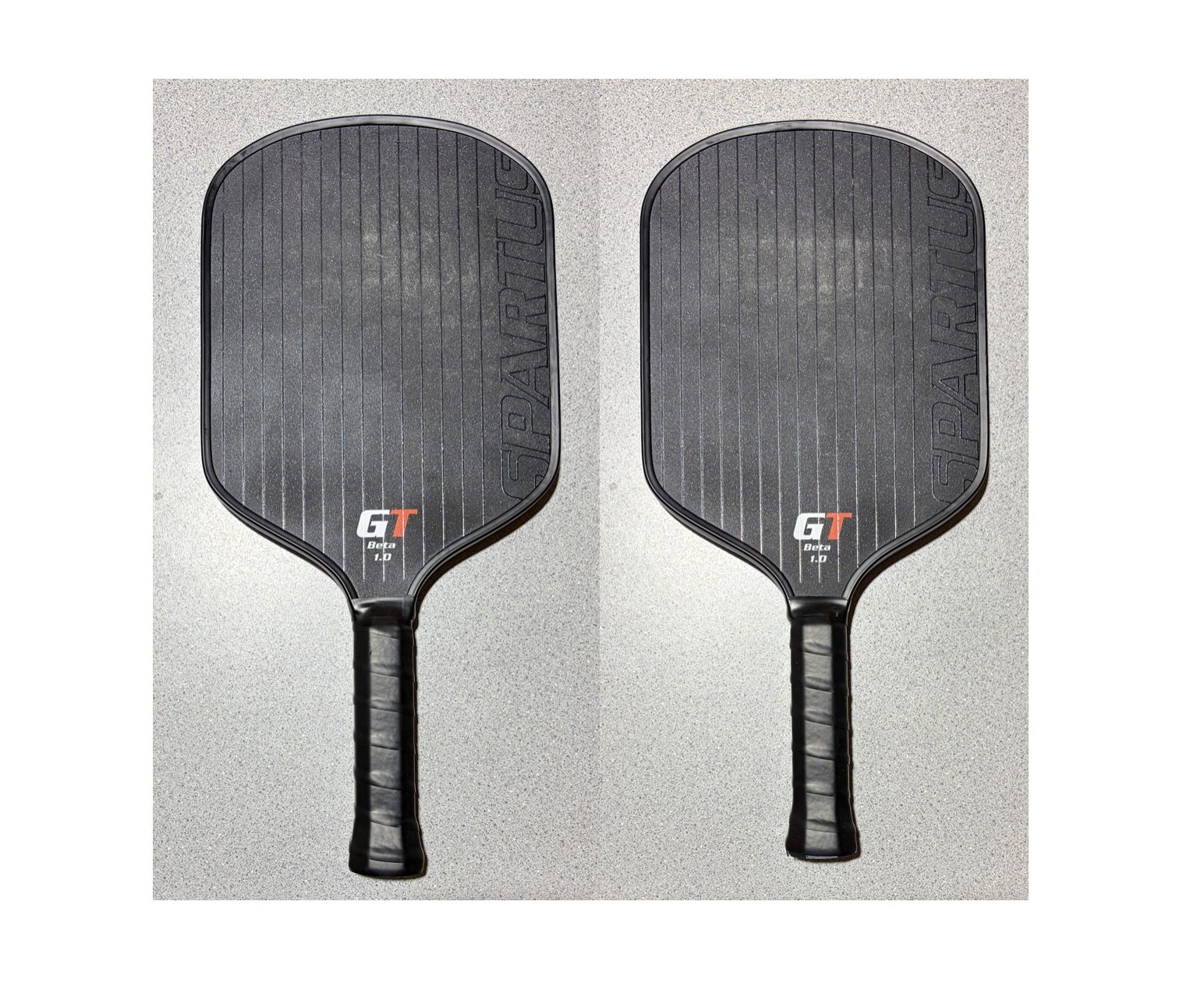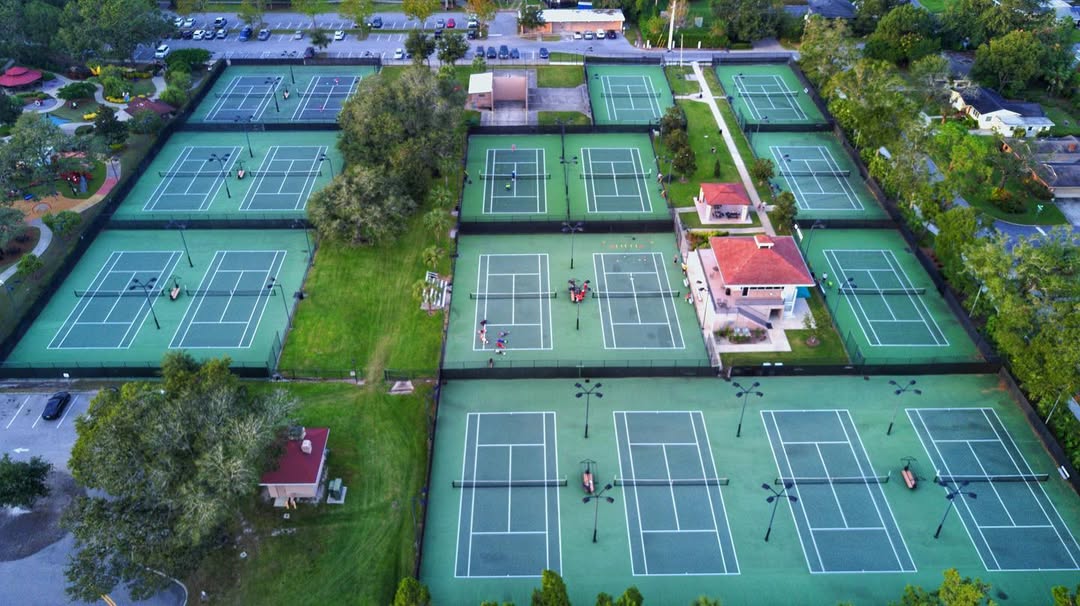
JohnCincolaPickleball

Hey guys, it’s John from John Cincola Pickleball. 90% of pro players hit the return of serve the same way now—hard, direct, and confident—and there’s a very specific reason why. So the real question is: why aren’t you doing it that way?
Over the last couple of years, there’s been a massive shift in how pro players approach the return of serve. But from what I’ve seen, the amateur game hasn’t quite caught up with this trend. In this article, I’m going to break down what we’re doing with our return of serve, why we’re doing it, and how you can easily replicate it.
From Underspin to Drive: The New Return Technique
Let’s talk about what’s actually different now compared to a few years ago. The big shift is in spin and pace.
Back then, we were using a big slice swing to create a lot of underspin. That kind of return would float a little more, take longer to reach the target, and give us more time to get to the kitchen line. You’d see heavier underspin, a slightly higher ball, and more floaty returns.
Now? We’re seeing more of a driven-style groundstroke—almost like a topspin forehand drive. These returns are flatter, harder, and importantly, you rarely see underspin at the pro level anymore.
Why This New Return Style Works
I’m never going to tell you to do something without giving you a solid reason. So let’s compare the advantages and disadvantages of each return style.
The Driven Return (New Style)
Disadvantage:
The biggest drawback is that it gives you less time to get to the kitchen line. Because you’re hitting it harder, the ball reaches your opponents faster—which gives you less time to move forward.
Advantage:
The benefit is huge—when the ball comes in and bounces, it’s much tougher for your opponents to handle. It moves through the court more, penetrates toward your opponent, and tends to push them back. Whether they’re trying to drop it or drive it, there’s a better chance they’ll miss, pop it up, or just make a mistake because it’s a more difficult ball to deal with.
The Floaty Underspin Return (Old Style)
Advantage:
This one’s all about time. When you slice the ball, it floats longer and deeper, which gives you more time to get to the kitchen line and establish your position.
Disadvantage:
Even though it might land deep, the floaty underspin tends to “check up” and sit—making it easier for your opponent to control their next shot. So even if you’re established at the kitchen, they’re going to have an easier time executing their drive or drop.
The Hidden Reason Pros Avoid Underspin
Now here’s the big one—the reason most pros are moving away from the underspin return.
When I return with underspin, the ball is spinning back toward the net. Once that ball hits my opponent’s paddle, that same spin turns into topspin for them. And guess what? Topspin helps them hit aggressive shots that dip over the net with control (figure 1).

So if I give them underspin, I’m handing them free topspin to work with. That makes their drives and drops more dangerous. Personally, I love when my opponent gives me underspin because it helps me get more aggressive topspin and better dips. But obviously, I don’t want to be the one giving them that same advantage.
How to Learn the New Return Style
This isn’t as hard as you might think. You’re going to combine two elements:
- A drive groundstroke motion (low to high swing, aiming for flat or slightly topspun shots)
- A forward movement through the shot
Here’s a drill to help you learn it:
Start with your forehand groundstroke. Drop the ball and try to brush up the back of it. Now add a “load step.” Shift your weight to your right foot (if you’re hitting a forehand), drop the ball out in front, then push off and run through the shot. That’s your motion for returning the serve.
If you’re hitting a backhand, do the same thing but load on your left foot instead.
Start from a stationary position, then progress to using a ball machine or live partner feeds to practice this in a real game situation.
When to Use the Old Return Style Instead
There are a few cases where the driven return might not work best:
- If you have limited mobility and need more time to reach the net.
- If you’re unwinding the stack and need that extra time to get set.
Even in these situations, you don’t necessarily have to go back to the heavy underspin. You can still buy time by hitting higher over the net while maintaining a flatter or neutral swing.
Avoid those big floaty slices that just give your opponents better opportunities.
That’s all I’ve got for you today. Hope you enjoyed the article! Don’t forget to grab your screenshot so the next time you hit the court, you’ve got all this info right at your fingertips.
For exclusive content and full-version tutorials, make sure to check out my YouTube channel, ➡️ John Cincola Pickleball.
Related Articles:
Anuncie Aqui / Advertise Here
Sua marca para o mundo Pickleball! / Your brand for the Pickleball world!

 English
English  Spanish
Spanish  Portuguese
Portuguese  German
German  Italian
Italian  Japanese
Japanese  French
French  Polish
Polish  Russian
Russian  Netherlands
Netherlands  Hungarian
Hungarian  Turkish
Turkish  Videos
Videos  Pickleball Portal
Pickleball Portal








 English (US) ·
English (US) ·  Portuguese (BR) ·
Portuguese (BR) ·